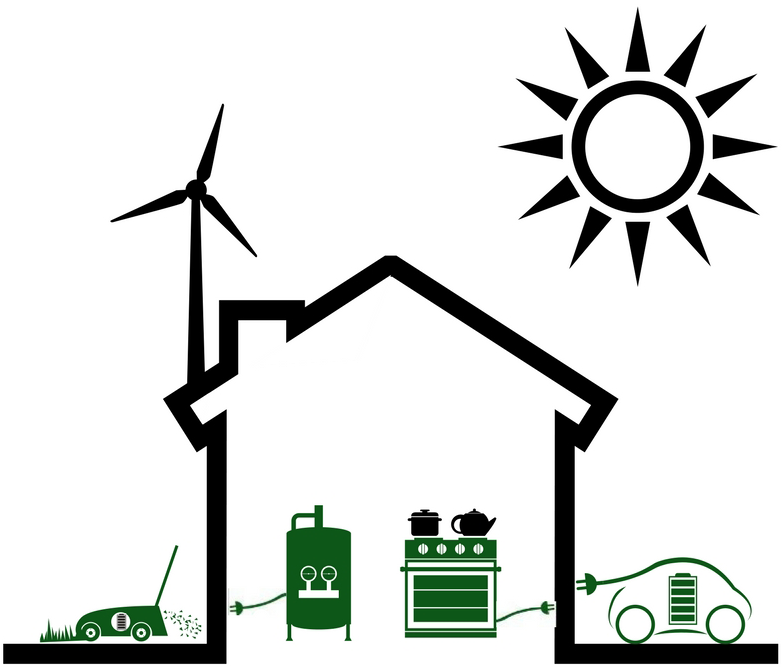By Camille Collett
Now that large parts of our region are already committed to 100% clean energy, getting there will rely on using renewables to generate more electricity instead of natural gas or coal. At a minimum, that means a new campaign to electrify buildings and appliances.

After transportation, buildings are the largest sources of greenhouse gas (GHG) emissions in Santa Barbara and Ventura counties. Half of these emissions come from the use of gas combustion appliances like furnaces, water heaters, and stoves, all of which can be replaced with high performance electric appliances that can have zero emissions when powered by clean energy. With grids in Santa Barbara and Ventura areas committed to 100% renewables by 2030, building electrification is the next step in achieving that goal. And replacing gas with electric appliances notonly reduces GHG emissions, it improves human safety, comfort and health.
Gas leaks (aka the silent killer) add immense amounts of GHG and endangers people’s lives. In 2015, the Aliso Canyon gas leak, the worst in US history, left residents and first responders sick with nausea, migraines, nosebleeds and in some cases cancer, forcing over 8,000 people to evacuate their homes. California Seismic Safety Commission concluded in a 2002 study that 20-50% of postearthquake fires are related to gas leaks. Last year, during the Montecito mudslides, a SoCal Gas pipeline burst sending flames 400 feet into the air which one resident said, “sounded like two 747’s colliding”.
In addition to the health and safety benefits of electrifying buildings, this transition will create numerous jobs in construction, electrical work, manufacturing, energy efficiency and installation of heating, ventilation and air conditioning. Electric appliances help save energy and money, according the Dept. of Energy. Advanced electric heat pump appliances -- water and space heaters, clothes dryers, induction stoves and convection ovens -- are up to four times more energy efficient than gas. Electric heat pumps can also operate inreverse for both heating and coolingunits. Just this month, SoCalGas estimates 45% rate increases by 2022 to continue safely operating its aging gas system. In order to make this transition, Santa Barbara and Ventura counties should set targets to reduce building GHG emissions consistent with the most recent Intergovernmental Panel on Climate Change report and California’s GHG reduction goals of 45% by 2030 and 100% by 2045. Go to: www.ipcc.ch
We can accomplish this by establishing building ordinances that require the installation of allelectric appliances when existing ones reach the end of their life, in any new commercial, residential or industrial building, during the sale or retrofit of a property, establishing new rental agreements and even for existing buildings and homes after a specified date to comply. Offering rebates, education and training will help make electrification the easy, go-to choice for owners and contractors.
Several cities have already begun transition to building electrification, notably Los Angeles, Marin and Palo Alto. By joining this transition, we will boost our local economy and increase local air quality, health and safety. Globally, getting off gas would help slow climate change, set an example for others and help create a better planet for future generations to enjoy.
This story was orginally published in the Feb/Mar 2019 edition of the Sierra Club Los Padres Chapter newsletter "Condor Call."
